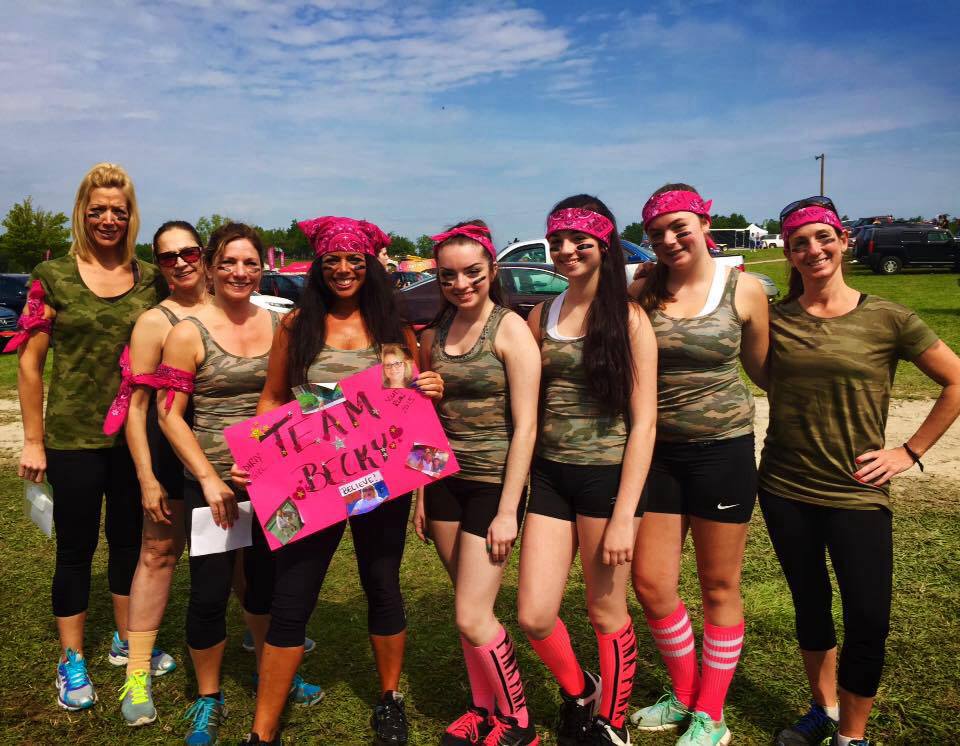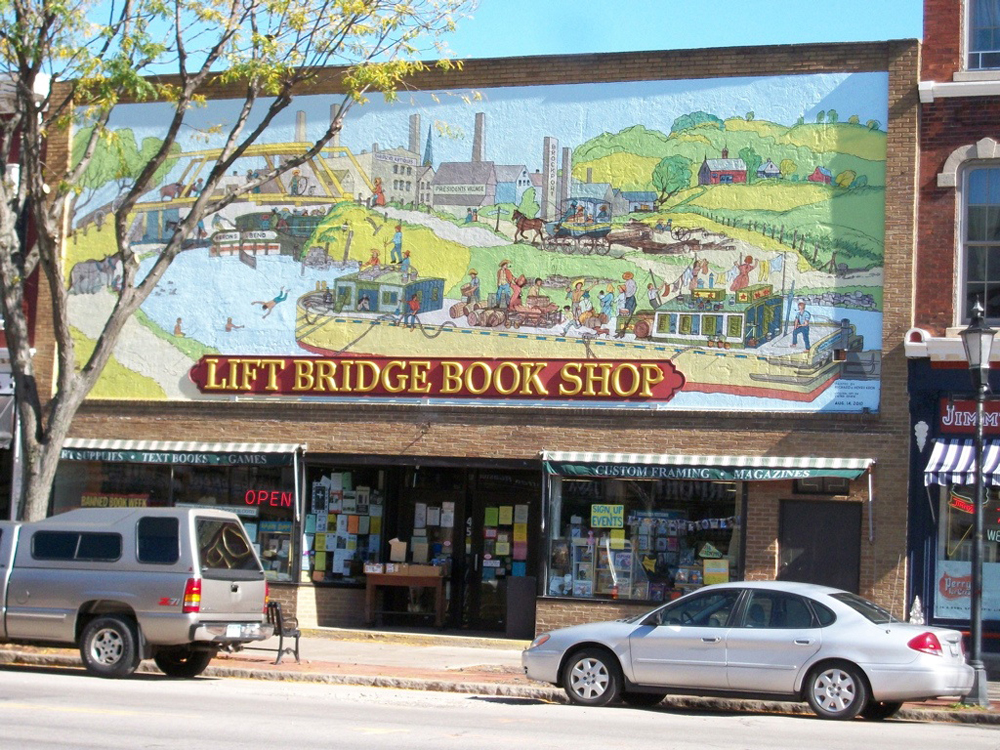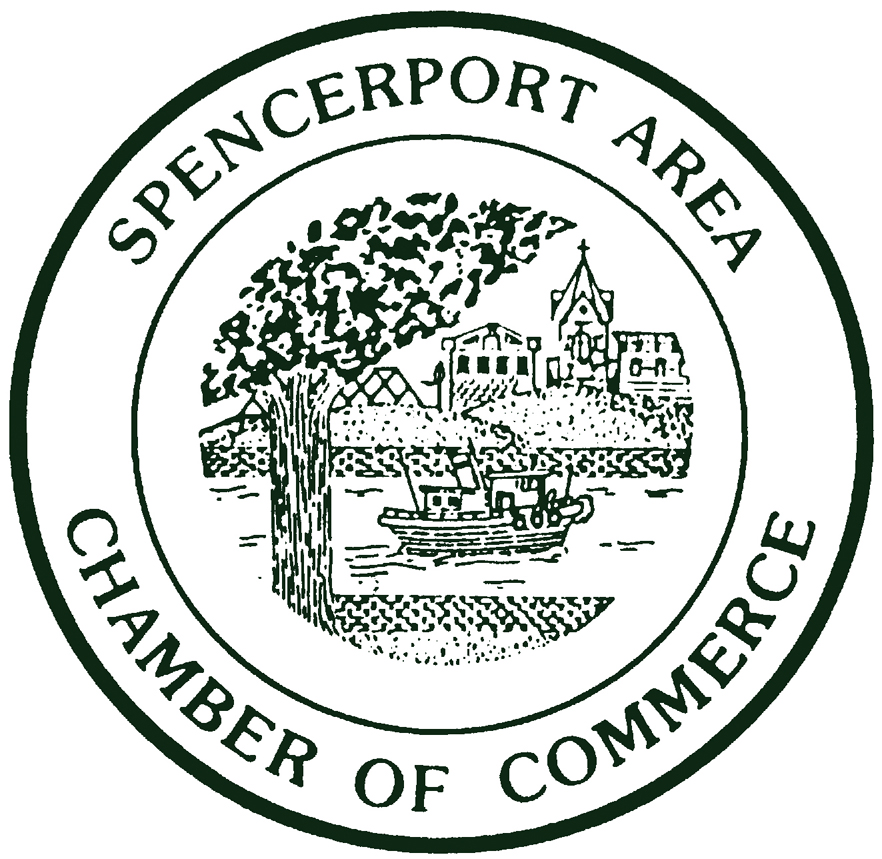Fast life on the greyhound race track ends gently for Bert in his new home
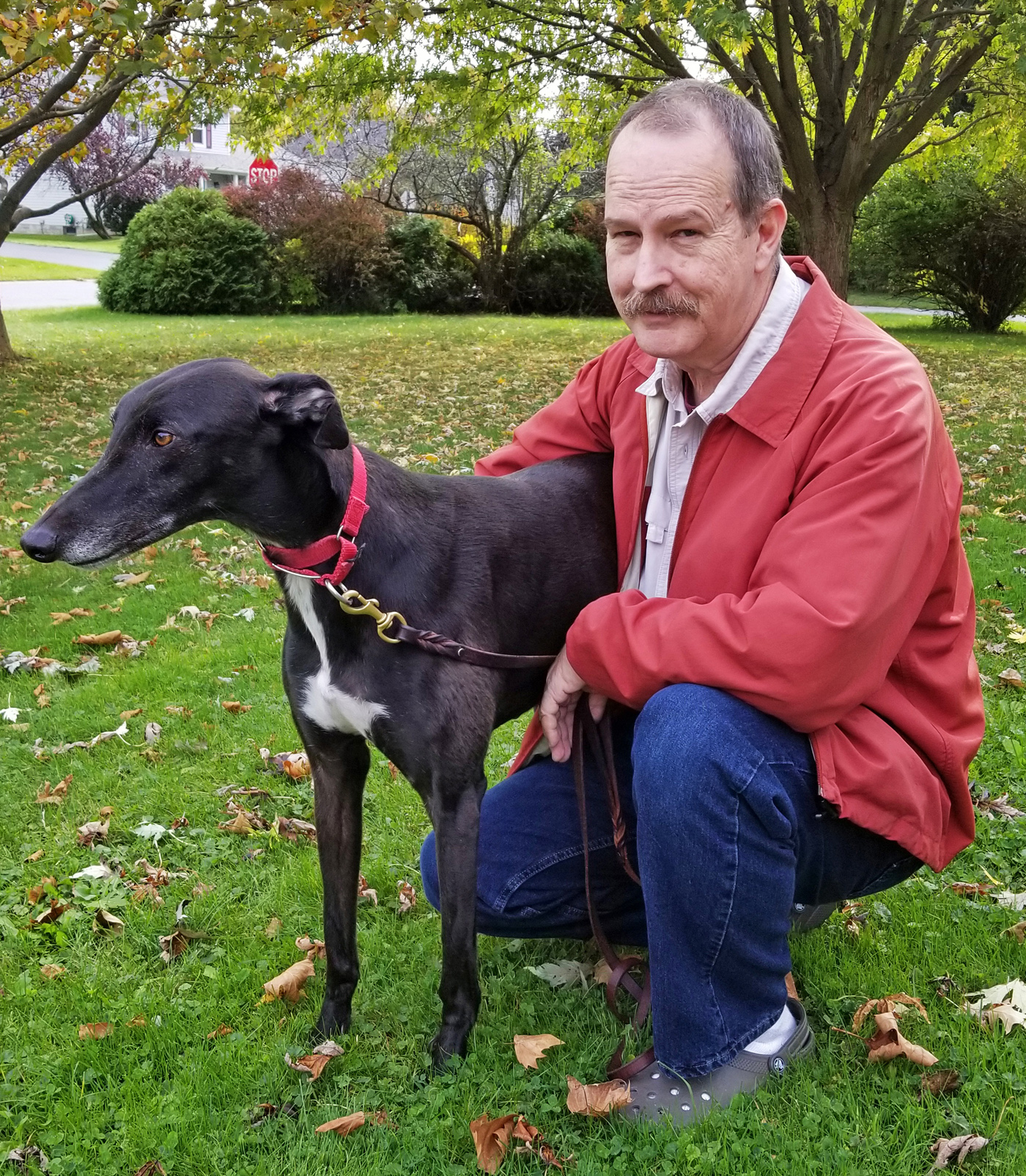
When Charlie Cowling’s Alaskan Husky Kira died three years ago, Charlie took his time thinking about what to do next. Having her as a rescue dog for four years, “It was hard to switch gears,” Charlie said about his search for a new best friend. Someone suggested that he consider a greyhound. “A small breed in terms of numbers, I didn’t see many out there. And, I had the common misconception that they needed tons of exercise, because they are such fast runners.” He was referring to the breed’s life on racetracks in the Southwest and South, primarily in Florida. Charlie soon learned about the breed in a careful adoption process sponsored by the group called Greyhound Adoption of Greater Rochester, New York. After going to a “Meet and Greet” event, applying for adoption, and passing a home inspection visit, Charlie brought “Bert” home in about two months.
Charlie and Bert at home
While interviewing Charlie in his home, Bert was pleased to demonstrate one characteristic of the breed by falling fast asleep on the couch next to Charlie. “They are generally a pretty docile animal,” Charlie said, explaining that, bred as sprinters, they burn off fat by napping soundly for hours after activity. The greyhounds are also used to being around people as they are handled daily by breeders, trainers, and owners.
A typical day for Bert is to sleep a lot. He also is taken outside on a leash about five times a day, Charlie said, adding there is no fence around the yard. A couple of those outings include about a 15-minute walk. Charlie and his wife, Claudia, also have two cats. Bert and the cats get along fine.
When Charlie and Claudia leave home for a while, Bert stays in a large crate upstairs. It is not cruel, as some may think, Charlie said, because crates are safe and familiar to the breed.
The greyhound breed & their care
Charlie says greyhounds are the oldest purebred canine, dating back to the Pharaohs of ancient Egypt. And, he adds, they are the second fastest animal in the world after the cheetah. A greyhound can hit 40 miles an hour in three strides. Bred for speed, their heart and lungs are larger and their blood differs slightly from other dogs.
They are working dogs, not bred as house pets, and are generally well cared for by owners, trainers and breeders for the two or three years of track life, Charlie said. They are fed meat and they receive needed shots and other care by a veterinarian. They are kept safe in kennels and are walked on a leash.
During the hurricanes in Florida, the greyhounds were not transported north like displaced domestic dogs. They hunkered down in their concrete block kennels under the care of owners and handlers in the facility riding out the storm with them.
That care given at the track during the hurricanes is indicative of the humane treatment of greyhounds by track owners, dog owners and the breeders, Charlie notes. In some circles, he said, there is a controversy over dog racing and the treatment of greyhounds. Charlie emphasizes that the Greyhound Adoption of Greater Rochester, New York, is neutral on the issue. “My own personal impression, based on what I have seen, read, and heard from other people is that the dogs at the dog tracks overall are treated humanely,” Charlie said. “The dogs I see come up from the tracks are generally healthy animals physically and mentally, and do not show signs of abuse or neglect.” He said certain animal rights groups misconstrue and misrepresent the handling of greyhounds in the track world.
The adoption process: Complex logistics lead to a loving home
The operative word is “adoption” in the process of transferring greyhounds from the track world to a loving home. A common term “dog rescue” is inappropriate as it means saving dogs from a harmful or life-threatening environment. The tracks and the adoption groups share a common goal: to work with care and collaboration in getting the retired greyhounds into their retirement homes.
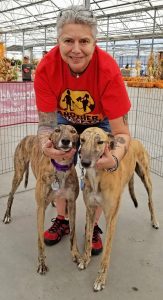
After two or three years of racing, the greyhounds are retired to an adoption facility in Florida. There, they are neutered, switched from raw meat to kibble, have their teeth cleaned, are vaccinated and receive a veterinarian’s medical checkup. “They are all up to date when you get the dog,” Charlie said about one benefit of greyhound adoption. The retirees are then brought from Florida to Albany, a pick-up point for adoption groups. Once a month the Rochester Greyhound Adoption group goes to Albany to pick up the dogs they requested.
There is a complex process of application, home interview and inspection, and approval before new owners pick up their greyhounds from the local adoption group. Potential adoptive parents have an opportunity to attend a “Meet and Greet” held in a public place by the Greyhound Adoption group. There they can meet greyhounds and their proud owners. After a successful written application, the applicant is interviewed by a Rochester Greyhound “home visitor” who also brings his/her own greyhound.
After questions and discussion, it is determined if the home environment is suitable for greyhound adoption. Some families decide against adoption, after learning the responsibilities.
Almost all the applicants complete the adoption process and enjoy the gentle company and companionship of a grateful retired athlete who loves his/her new home and devoted caretakers.
Charlie Cowling’s final words to readers: “Bert is a wonderful companion at this point in my life. He is a quiet, gentle friend who loves his walks, and enjoys meeting people and other dogs. Bert is eager to see more people consider adopting a greyhound!”
(There is a Meet and Greet at Canandaigua Petco, Saturday, November 18, 11 a.m. to 1 p.m., 324 Eastern Blvd., Canandaigua, NY 14424. There is more information at www.greyhoundadopt.org )


